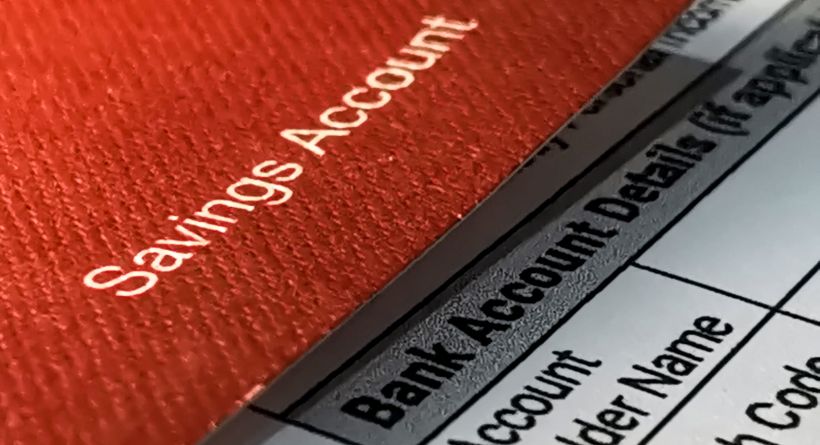You may increase your funds more quickly with high-yield savings accounts than with conventional savings accounts. A high-yield savings account is a promising choice whether you wish to save money for other financial objectives or start an emergency fund. Based on interest rates, costs, and other considerations, we’ve examined online savings accounts offered by banks and credit unions to identify the best options.
A High-Yield Savings Account: What Is It?
An account type known as a high-yield savings account often provides interest rates that are greater than those of a conventional savings account. High-yield savings accounts are often available at online banks and credit unions. These financial organizations often don’t have the same administrative expenses or profit-margin requirements as a conventional brick-and-mortar bank, enabling them to pass those savings through to clients in the form of higher rates and reduced fees.
Various variables affect interest rates, but it’s normal to discover high-yield savings accounts that give 2.00% APY or more. Up to 25 times the national average interest on conventional savings accounts may be earned with a high-yield savings account.
High-Yield Savings Accounts: How Do They Operate?
The operation of high-yield savings accounts is identical to that of ordinary savings accounts, with the exception that they often have greater interest rates and reduced or no monthly fees. Traditional and high-yield savings accounts both include FDIC protection and transaction limitations as standard features.
Which High-Yield Savings Account Should You Choose?
Comparing accounts can help you locate the ideal alternative since selecting the greatest high-yield savings account is not always straightforward. Before creating an account, take into consideration the following things.
Inflation Rate
The interest rate is perhaps the most crucial aspect to consider when selecting a high-yield account. A higher interest rate will speed up the process of maximizing your funds.
Required Deposits
For certain accounts, starting a new account requires a minimum deposit. Additionally, in order to get interest or avoid monthly fees, you may need to have a certain balance.
Admin Fees
The interest you receive on your savings may be offset by fees. You may find out whether you’ll be charged a monthly service fee or additional costs by looking at the account’s pricing schedule. If you maintain a certain balance in your account, some banks may waive fees.
Compounding Periodicity
Depending on the bank, interest on a savings account may compound daily, weekly, monthly, quarterly, or yearly. You get interest on your interest when interest multiplies. Over time, choosing an account with more frequent compounding may help you earn more interest.
Instructions for Opening a High-Yield Savings Account
A high-yield savings account may be opened quite fast. Once you’ve identified an account that meets your requirements, you must complete an online application. During the application procedure, the bank could request some particular details to confirm your identity:
- Name
- Address
- Email address
- Phone number
- Date of birth
- Social Security number
- Number from your driver’s license or other government-issued photo ID
- Funding source account information
Both partners must give personal and financial information when creating a joint account.
The account may be funded via a connected bank account or other legal means once it has been authorized.
How to Use a High-Yield Savings Account Most Effectively
High-yield savings accounts are great for saving money because of their earning potential. You may keep your savings objectives’ money apart from your account for regular spending by designating a separate account for them. A high-yield savings account may be used to fund a number of objectives, such as:
- An emergency fund
- Upcoming vacations
- A wedding
- Home renovations
- Home furnishings
- A down payment on a home
- A new car
- Educational expenses
In contrast to storing your retirement funds, high-yield savings accounts are best for short-term financial objectives. High-yield savings accounts often don’t provide the yields or tax savings that tax-advantaged retirement or investment accounts provide.
Bottom Line
An intelligent choice if you want to optimize your money is a high-yield savings account. In order to make the best decision, compare the rates offered by several accounts as well as other factors like fees and deposit requirements. Before opening an account, make sure you’re comfortable banking online since the majority of high-yield savings accounts can be located there.
Frequently Asked Questions (FAQs)
A high-interest savings account is what?
A savings account with a high interest rate is one that normally has a substantially greater interest rate than a standard savings account. Online banks and credit unions are often where you may find high-yield accounts.
What benefits and drawbacks do high-yield savings accounts offer?
Over a standard savings account, a high-yield savings account has a number of advantages. It often has lower or no monthly fees and yields a higher interest rate. High-yield accounts, however, normally don’t provide in-person help because they are typically exclusively offered by online banks. Additionally, since the interest rates on high-yield savings accounts are changeable, your higher rate might change at any moment.
How is the interest on a high-yield savings account calculated?
Using a compound interest calculator is the easiest method to compute compound interest. However, if you wish to calculate compound interest on your own, this tutorial contains a formula and examples.







